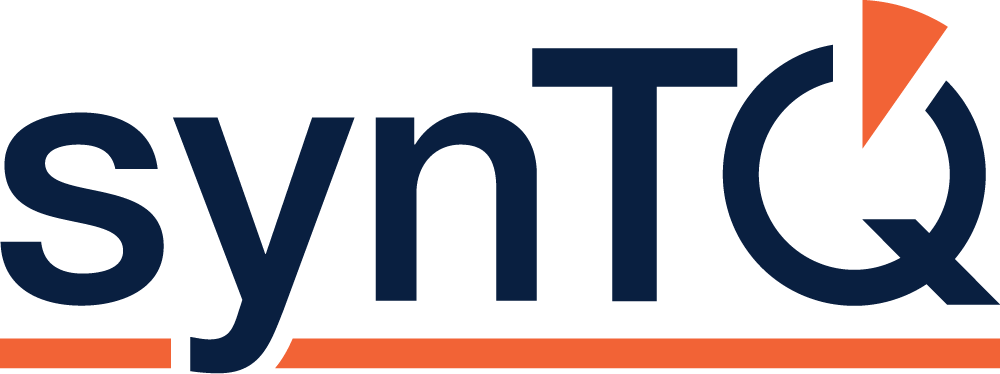Will my industry or process benefit from PAT and synTQ?
The simple but honest answer to this question is ‘probably’. It would be untrue to say that every process will benefit from PAT – either because the process is already optimized, extremely robust, or the instrumentation technology needed to measure your quality critical attributes is not available. However, in the vast majority of cases, the answer is yes, PAT enabled by synTQ can provide anything from modest to extremely impressive results.
It is a matter of assessing your process for applicability. At Optimal, we are very happy to provide you with a totally honest opinion as to the applicability of the technology. We call it a ‘due diligence’ step. We truly do not want to apply the technology where it is not likely to provide benefit – for the technology, your company, and our company to flourish, the ultimate goal must be success. We would much prefer not to embark on a project that will ultimately prove unsuccessful.
The prioritization of the potential benefits varies from one company to another. Whilst it is difficult to put a value against quality on its own, some companies are driven primarily because they want to attain and maintain the highest possible quality for their products. For other companies, the driving factor is the opportunity of automated data integrity. In these cases, quality data is collected and stored automatically without the input of an operator, thus removing the risk of human error.
One reason may be the reduction in analytical laboratory costs, whilst for other companies, the focus may be the reduction in development time and costs. Further compelling drivers relate to the reduction in cost and time of manufacture and the reduction or elimination of rework and waste product.

Of course, the ability to handle a wider variance in raw materials not only helps with final product quality, but also allows you to select from lower cost suppliers. The indirect effect of enhanced quality assurance is a driver for some – by lowering the variance in final product quality, there is a reduction or even removal of giveaway, the gains from which can be substantial.
There are many other benefits such as real-time release, where final product testing is no longer required; reduced energy demands; reduced manufacturing footprint; the ability to manufacture just in time; the ability to manufacture larger volumes from your existing infrastructure; and finally, as products reach the market sooner, the effective extension of patent life.

